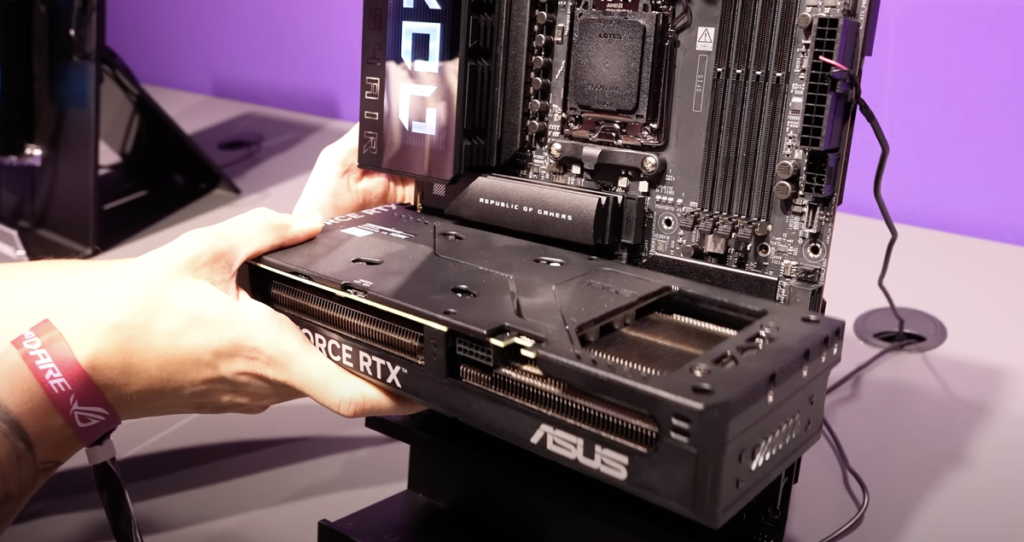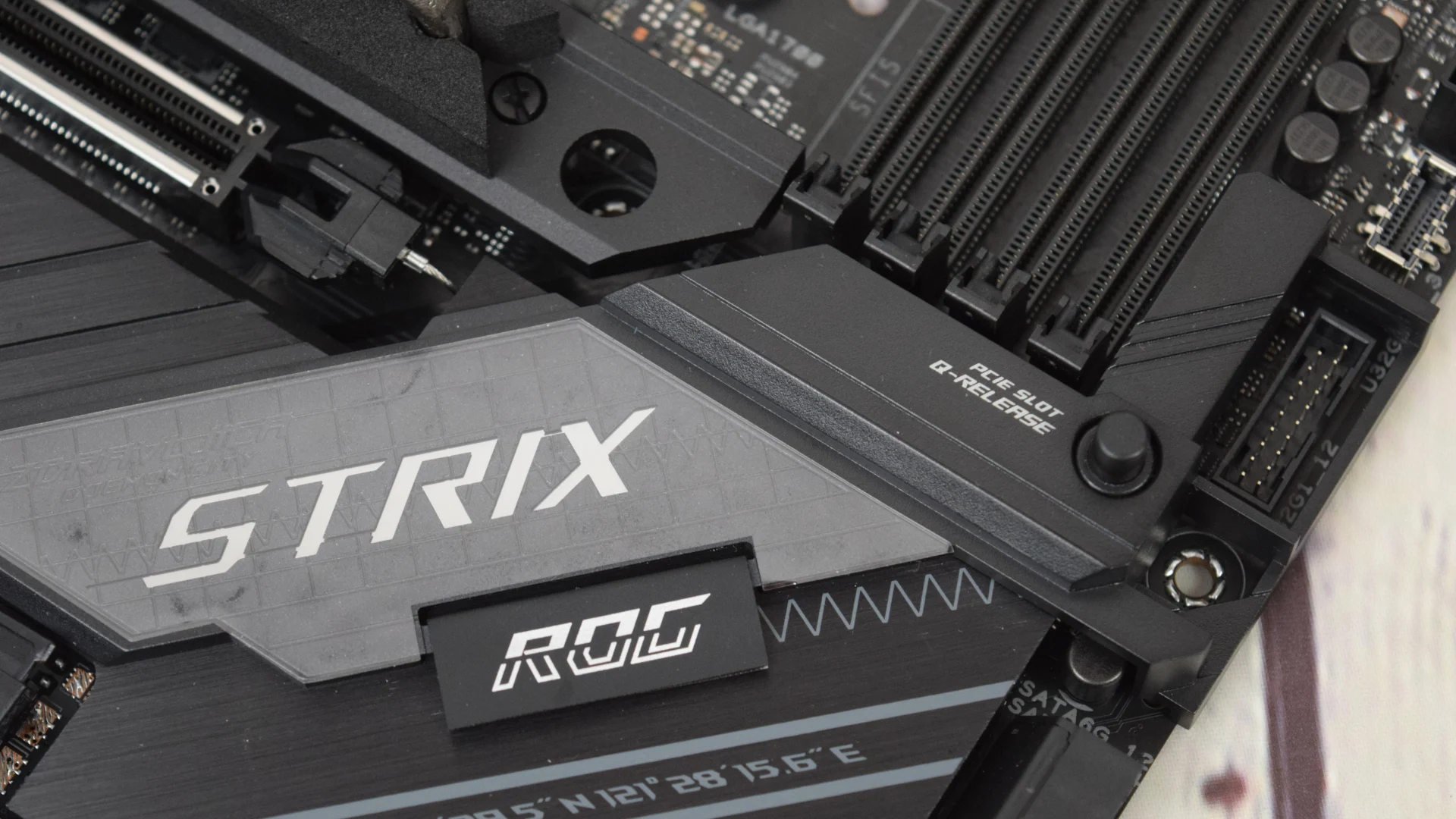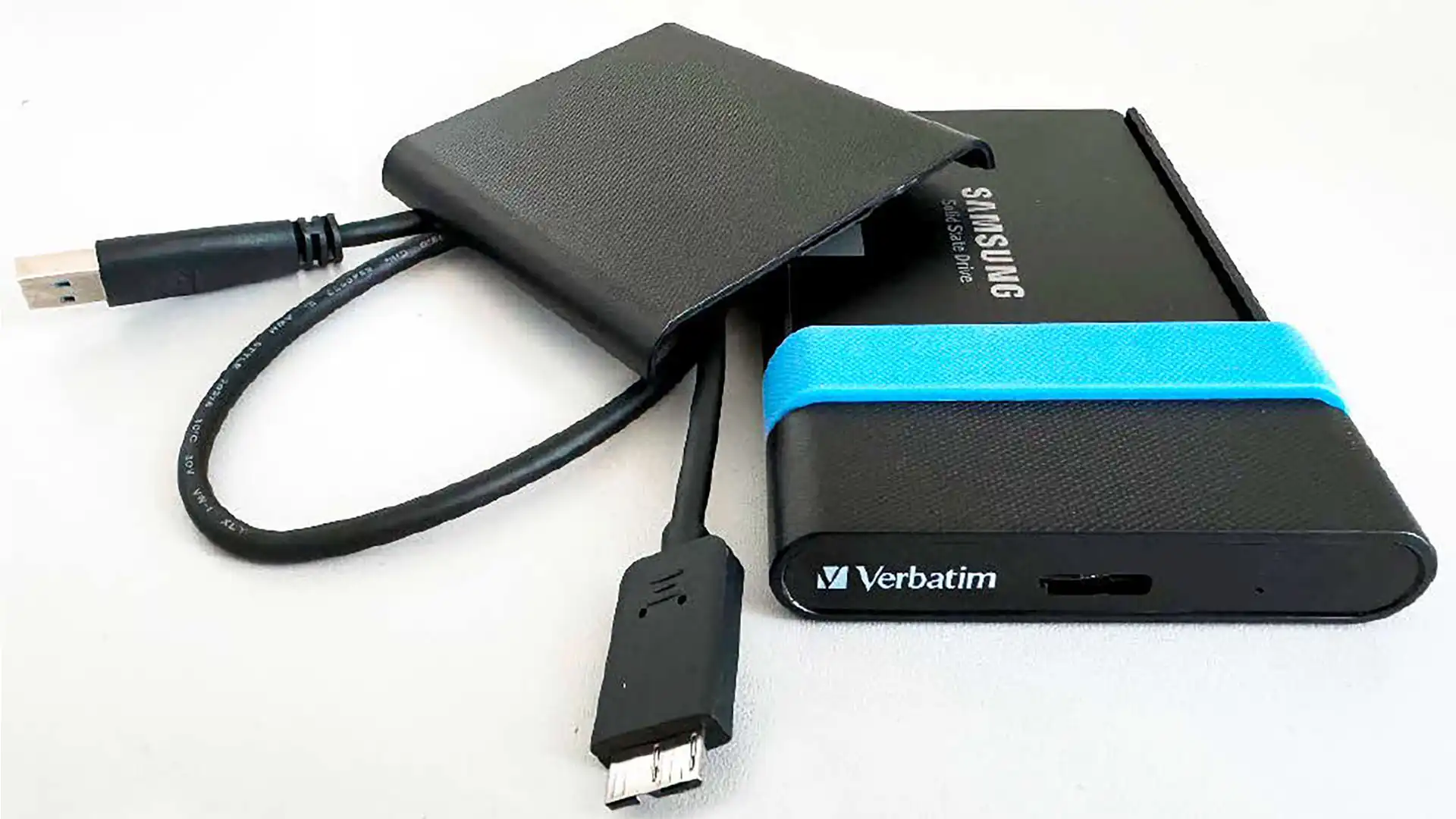
If you’ve ever found yourself wrestling with your PC’s graphics card, Asus has some exciting news. The upcoming ROG Crosshair X870E HERO motherboard introduces a new retention mechanism that eliminates the need for awkwardly placed levers or switches when unlocking the card. This innovative feature was unveiled at Gamescom in Germany, where Asus demonstrated the board, which is built on AMD’s 870E chipset for Ryzen processors.
What sets this new mechanism apart is its sheer convenience. Whether you’ve assembled your own PC or purchased a prebuilt system, navigating the cramped interior filled with cables, watercooling tubes, and other components can be a hassle. Even with advancements like rear-mounted cable management seen on boards like the Asus BTF, accessing the inside of the case remains a challenge. The traditional retention systems for graphics cards, which are bulky and often tricky to maneuver, only add to the stress of installation.
The new PCIe Q-Release Slim from Asus simplifies the process dramatically. To lock the graphics card in place, you simply push it in. It stays securely locked even when the board is vertical. However, a gentle pull on the left-hand side of the card releases it without the need for fiddling with latches or buttons. While it’s unclear from the video whether there is an audible or tactile indication that the card is properly seated, the mechanism’s simplicity and ease of use are undeniable.
Additionally, Asus has made improvements to the M.2 slots, incorporating sliders that allow for quick removal of the heatsink and card without needing a retention screw. These innovations will be particularly useful for reviewers and IT professionals who frequently swap components, but they also hold great potential for the broader consumer market.




